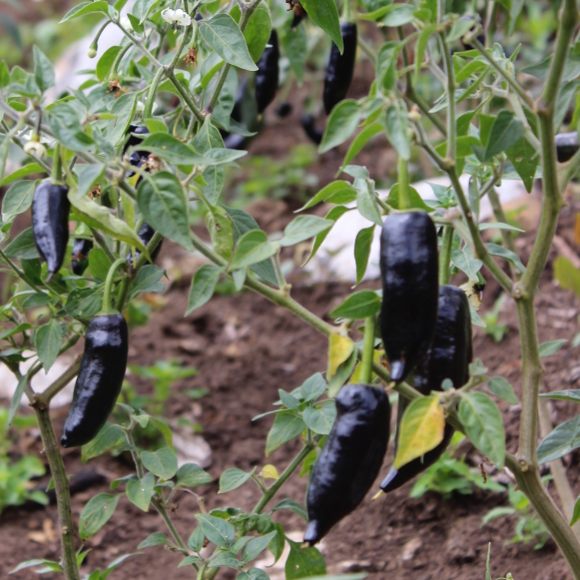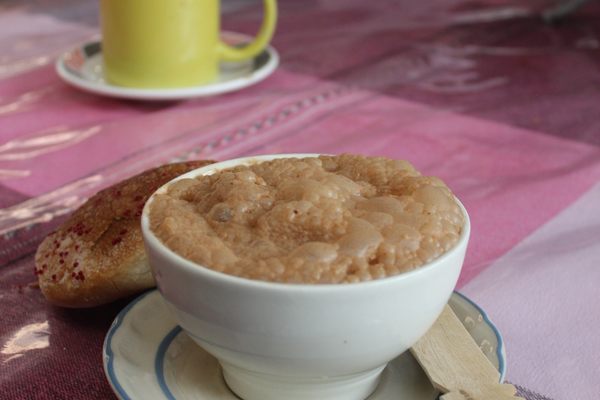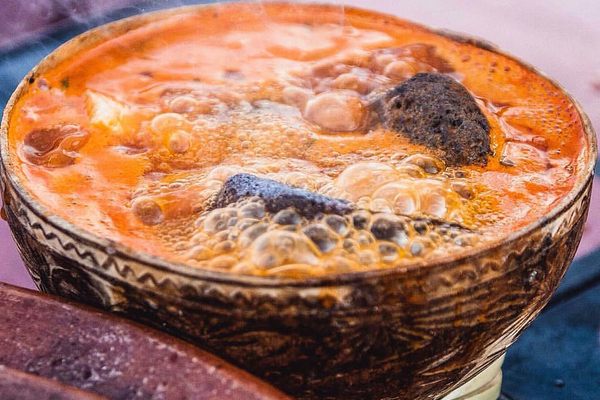Ingredients & Condiments
Pasilla Mixe
This rare, smoky chile grows only in the Sierra Norte region of Oaxaca.
The chile pasilla Mixe is endemic to the Sierra Norte region of Oaxaca. The rugged and rainy territory is home to the indigenous Mixes, who call themselves Ayüükjä’äy (“people who speak the mountain language”). Technically, pasillas are Capsicum annuum, the most common species of domesticated chiles. Yet these are not common at all.
True pasilla Mixes must be from the northeastern highlands of the Sierra Norte, and they are a rare and prized ingredient in the culinary world because of their unique and intensely smoky, almost meaty taste. Their iconic flavor came fortuitously when, more than a century ago, producers realized they would need to dry them for preservation. While it’s not difficult to find the dried pasillas in the markets of Oaxaca City, Puebla, and even Mexico City, it is impossible to find them fresh anywhere outside the Sierra Mixe. And, even if you were to find your way there, there’s a good chance they wouldn’t sell them to you. This is because the seeds are fertile before drying, and some Ayüükjä’äys fear that people will grow them elsewhere. This does happen, and, often, the “Oaxacan pasillas” for purchase online and on American menus are not the same thing as pasillas Mixes. Chiles, like wine, are affected by terroir; their taste and shape changes depending on where they’re grown.
When fresh, pasillas are bright green, and locals usually roast them and eat them simply with some lime juice and salt. As they mature, their color changes from green to burnt orange and, lastly, to an almost black, deep red. At this stage, farmers harvest them and take them to be smoked with oak in caves specifically designed for this task. The result is a wrinkly, deep burgundy chile whose heat is felt at the throat instead of the tongue.
The smoked chiles come in three different sizes: small, medium, and large. The small ones are mainly used to make chintextle, a flavorful paste made by grinding chiles with garlic, salt, and other spices in a metate. Available in Oaxacan markets, the paste is a staple of Mixe cuisine and it’s used to flavor most of what they eat, from their tortillas to tamales to soups. The medium chiles are used to make escabeches (pickled condiments) or salsas, while the large ones, which are the most coveted, are almost exclusively used for filling with various ingredients, sometimes with stringy Oaxacan cheese, but most often with picadillo Oaxaqueño, a kind of pork stew that has tomatoes, almonds, capers, olives, and raisins.
Written By
 Isabel Torrealba
Isabel Torrealba













